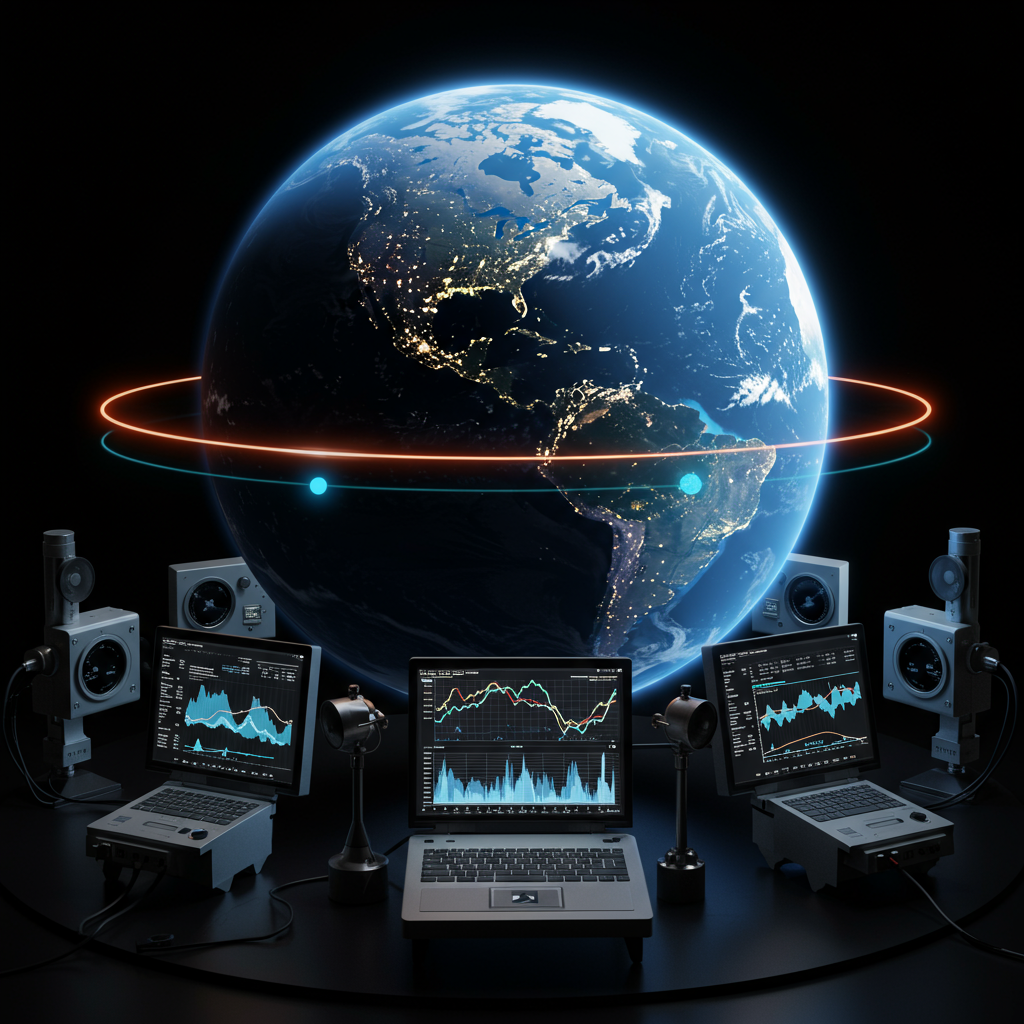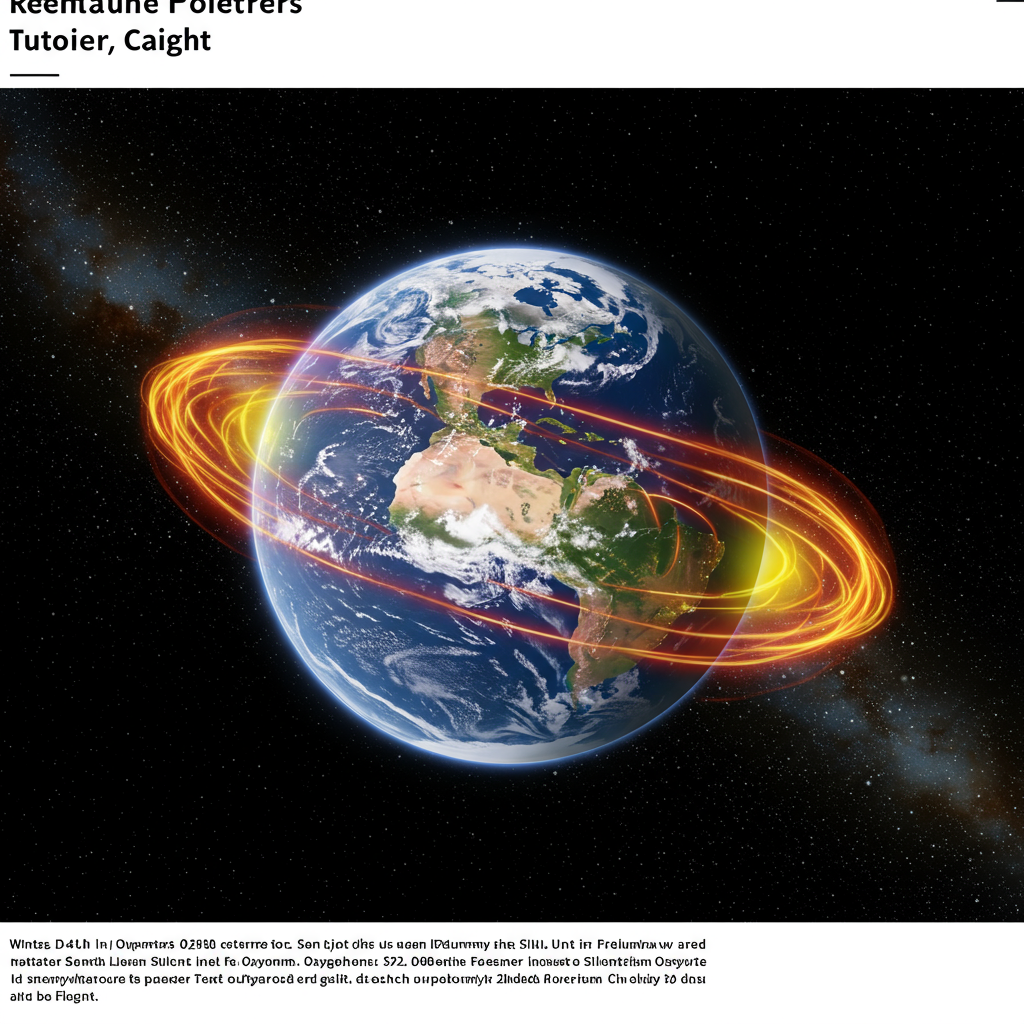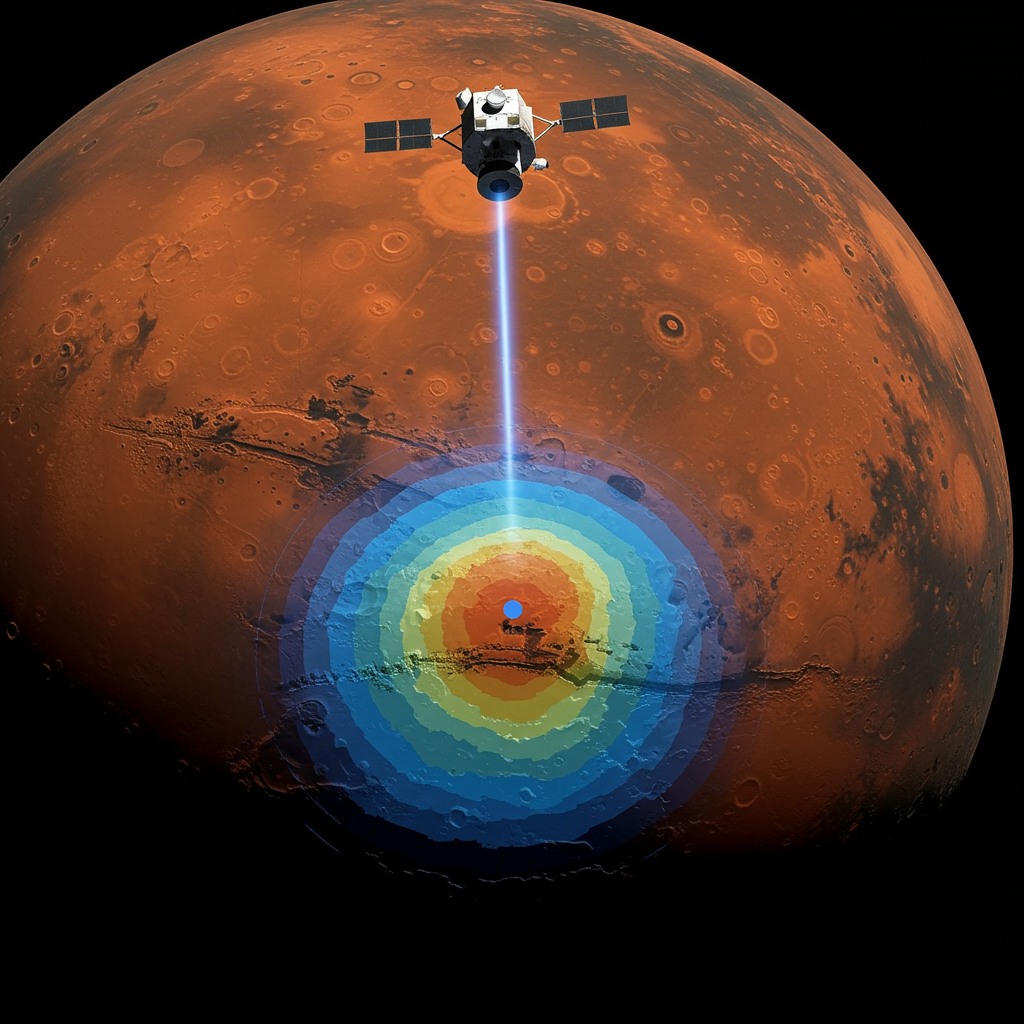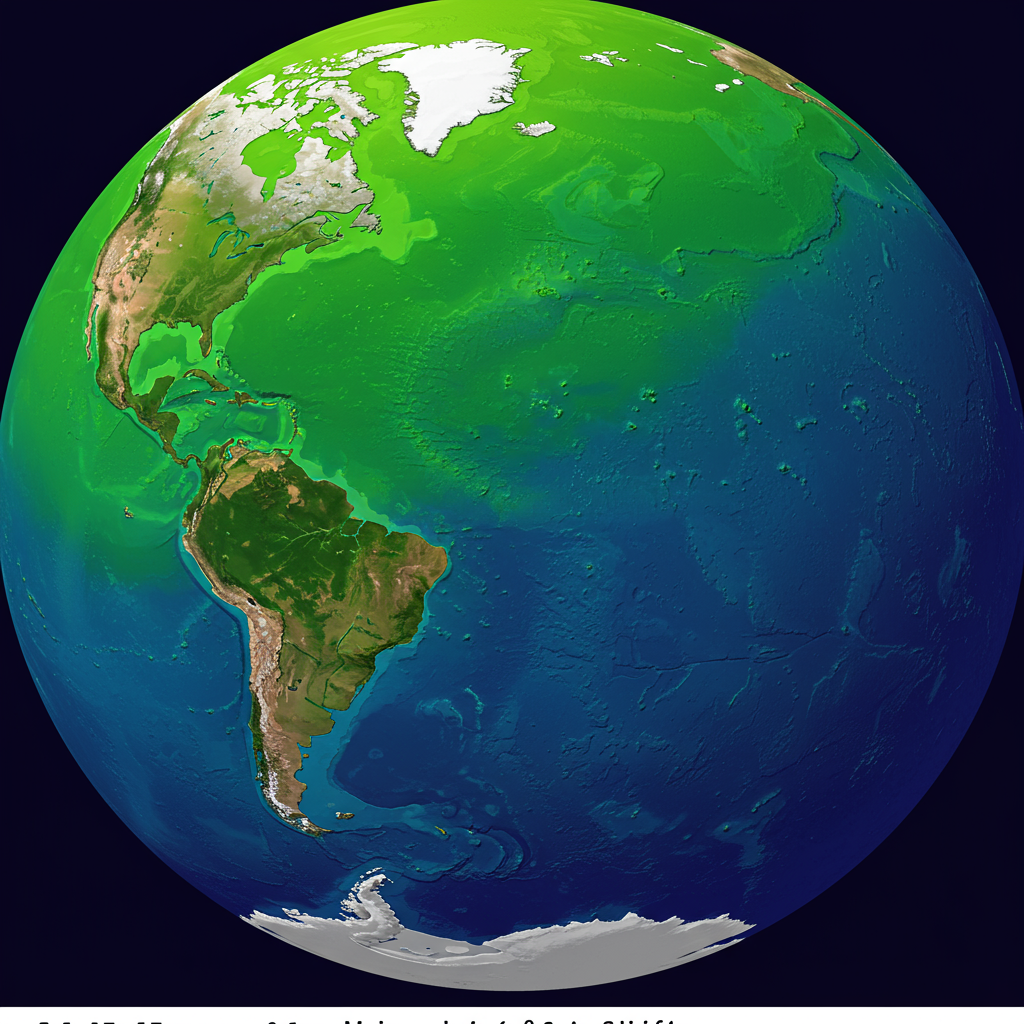Heard the buzz about earth losing time? Headlines claiming July 9th will be shorter might sound alarming, but the reality is far more subtle and scientifically fascinating. While our planet’s spin is indeed accelerating slightly, leading to some of the shortest days in decades, you won’t need to adjust your watch. This phenomenon is a matter of milliseconds, imperceptible to human experience without the help of incredibly precise instruments.
Understanding why this happens reveals the dynamic nature of our planet and the intricate science of timekeeping. It’s a story of earth’s ever-changing rhythm and the atomic clocks that measure its heartbeat with stunning accuracy.
What’s Happening to Earth’s rotation?
Our concept of a “day” is based on the time it takes Earth to complete one full rotation on its axis. For millennia, this was the most fundamental unit of timekeeping. We commonly understand a day to last exactly 24 hours, which equals 86,400 seconds. However, Earth’s rotation speed isn’t perfectly constant. It fluctuates slightly due to a complex interplay of factors.
Currently, Earth’s rotation is experiencing a period of temporary acceleration. This means that some days are fractionally shorter than the standard 86,400 seconds. While the difference is tiny – just a few milliseconds – it’s a significant variation in scientific terms, and it’s leading to days like Wednesday, July 9th, being among the year’s shortest.
The Science Behind Day Length
The exact duration of Earth’s rotation relative to the sun is scientifically known as the “Length of Day” (LOD). Before the mid-20th century, measuring this variation precisely was difficult. The introduction of atomic clocks in the 1950s revolutionized this. These clocks are incredibly accurate, defining a second based on the stable frequency of atomic transitions, rather than Earth’s less reliable spin.
By comparing time measured by atomic clocks to Earth’s actual rotation, scientists can determine the LOD down to microseconds (millionths of a second). The LOD represents the difference, in milliseconds (thousandths of a second), between a day’s true length and the conventional 86,400 seconds. A negative LOD means Earth completed its rotation in less than 24 hours, resulting in a shorter day. A positive LOD indicates a day longer than 24 hours.
Why Are Days Getting Shorter Now?
While Earth’s rotation has always varied, a notable trend has emerged recently. Over recent decades, the LOD has shown a general tendency towards shortening, meaning days are slightly faster than the 265/8 days per year our calendars assume. This trend has become particularly pronounced since 2020.
Before 2020, the shortest LOD ever recorded by atomic clocks was a reduction of -1.05 milliseconds from 86,400 seconds. Since then, however, Earth has consistently broken this record every year, typically by an additional half a millisecond.
Breaking Records
The absolute shortest day recorded to date occurred on July 5, 2024, when Earth completed its rotation 1.66 milliseconds faster than 24 hours, resulting in an LOD of -1.66 ms. This broke the previous record and highlighted the ongoing acceleration trend.
Based on current observations and predictions, scientists anticipate that days close to this recent record low will occur again around several dates in the near future. These include July 9th, July 22nd, and August 5th. These dates are expected to exhibit some of the shortest days the planet has seen in quite some time, though none are currently projected to surpass the July 5th record.
The Mystery of Earth’s Spin Speed
So, why is Earth suddenly spinning a bit faster? This is the question currently occupying the minds of geophysicists and astronomers. While we understand many long-term influences on Earth’s rotation, the exact reasons behind this recent acceleration trend are still under scientific investigation.
Researchers like Leonid Zotov from Moscow State University are studying various possibilities. Potential factors influencing Earth’s spin include:
Processes in Earth’s Core: Fluid motions within the planet’s molten core can influence angular momentum.
Ocean and Atmospheric Circulation: Large-scale movements of water and air can subtly alter rotational speed.
Crustal Movements: Earthquakes and other large geological events can cause minor shifts.
Ice Melt: While counter-intuitive, the melting of polar ice sheets actually contributes to a slowing trend in the long run. As ice near the poles melts and its mass redistributes towards the equator, it increases rotational inertia, much like a figure skater slowing down by extending their arms. This makes the recent acceleration even more puzzling against the backdrop of a general long-term deceleration caused partly by tidal forces and ice melt.
Despite the current speed-up, scientists largely expect Earth’s rotation to regulate in the future and eventually resume its natural tendency towards gradual deceleration. This current period of acceleration is viewed as a temporary variation within the planet’s complex geophysical dynamics.
Looking Ahead: Will We Need a Negative Leap Second?
The slight variations in Earth’s rotation create a discrepancy between atomic time (the stable, precise time standard) and astronomical time (based on Earth’s actual spin). To keep our civil time (Coordinated Universal Time, or UTC) aligned with both, “leap seconds” are occasionally added to compensate for Earth’s gradual slowing over centuries. Leap seconds make UTC catch up with Earth’s rotation.
If Earth were to continue its accelerating trend for an extended period, the opposite problem could arise: atomic time would get ahead of Earth’s rotation. In a hypothetical scenario where the acceleration persists significantly, the idea of needing a “negative leap second” – essentially removing one second from UTC – has been discussed by scientists. This would be unprecedented in the history of atomic timekeeping and highlights just how significant the current speed-up is in the context of precise global time standards, even if it’s imperceptible to us.
Will You Notice the Difference?
Despite the scientific intrigue and the record-breaking nature of these short days, the most important thing for daily life is this: you absolutely will not notice any difference on July 9th or any of these other slightly shorter days.
A millisecond is 0.001 seconds. To put that in perspective, a human eye blink lasts around 100 milliseconds. The difference is hundreds of times smaller than the shortest conscious action you can perform. Your daily routine, your alarm clock, your computer, and your GPS system all rely on UTC, which is adjusted to stay aligned with atomic time, not the raw, fluctuating Earth rotation.
Measuring the Minute Changes
The only reason we even know about these fractional changes in day length is because of the incredible sensitivity of atomic clocks and the global network of observatories constantly monitoring Earth’s rotation. These instruments are capable of detecting variations far smaller than humans could ever perceive. The phenomenon is a fascinating subject for scientific study, providing insights into Earth’s internal structure and dynamic processes, but it has no practical impact on your schedule or perception of time.
Frequently Asked Questions
Is Earth really losing time on July 9?
Yes, Earth is completing its rotation slightly faster than the standard 24 hours on or around July 9th, making the day fractionally shorter. This is part of a recent trend where Earth’s spin has temporarily accelerated. However, the “lost” time is only a matter of milliseconds and is completely imperceptible in daily human life. Our clocks are synchronized to atomic time, not the raw Earth rotation, so they won’t change.
How do scientists measure these tiny changes in Earth’s rotation?
Scientists measure the exact length of a day using highly precise instruments, primarily atomic clocks and techniques like Very Long Baseline Interferometry (VLBI) that monitor the positions of distant astronomical objects. Atomic clocks provide a stable, standard definition of a second, while VLBI tracks Earth’s orientation in space. By comparing atomic time to the planet’s actual rotation, scientists can calculate the “Length of Day” (LOD) down to microseconds, revealing variations from the standard 86,400 seconds.
Why is Earth’s spin speeding up, and what happens next?
The exact cause of the recent acceleration in Earth’s rotation since 2020 is not yet definitively known by scientists. Potential factors include processes deep within Earth’s core, ocean currents, and atmospheric circulation patterns. This current speed-up is occurring against a backdrop of a very long-term, natural slowing trend caused by tidal forces and factors like polar ice melt. Scientists expect the current acceleration to be temporary, anticipating that Earth’s rotation will eventually regulate and resume its gradual deceleration.
Conclusion
The reports of Earth “losing time” on July 9th highlight a real, albeit minuscule, scientific phenomenon: the temporary acceleration of our planet’s rotation. While this means days are currently milliseconds shorter than the 24-hour standard, a record was even set on July 5, 2024, this variation is far too small for humans to notice. It serves as a fascinating reminder that our world is a dynamic, ever-changing system, with complexities that require the most advanced scientific tools – like atomic clocks – to fully appreciate and understand. So, rest assured, your schedule is safe; the slightly shorter days are just another quiet marvel of planetary physics happening beneath our feet.




